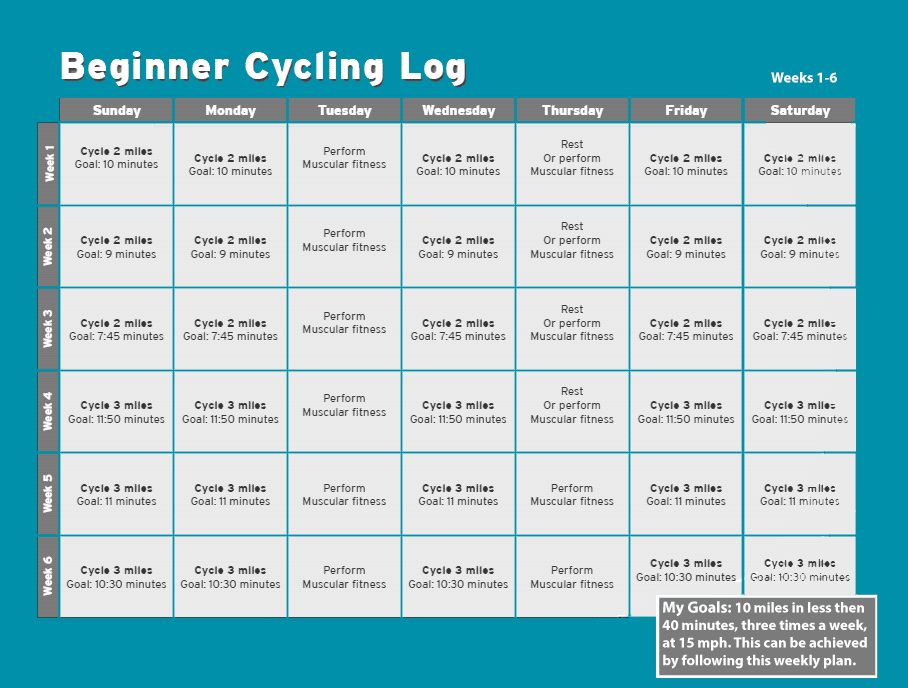
Cardio vs. Strength Training: Finding the Right Balance
admin
- 0
When it comes to the world of fitness, there has always been a debate between cardio and strength training. While both forms of exercise have their unique benefits, finding the right balance between the two is often essential for achieving optimal health and fitness.
Understanding Cardio
Cardiovascular exercises, also known as cardio, are exercises that elevate the heart rate, increase breathing rate, and promote overall cardiovascular health. This form of exercise includes activities such as jogging, swimming, cycling, and aerobics.
The Benefits of Cardio
Cardio exercises provide numerous benefits to the body. They enhance heart and lung function, promote weight loss, improve mood, increase energy levels, and reduce the risk of various cardiovascular diseases.
Understanding Strength Training
Strength training involves the use of resistance exercises to build muscle strength and endurance. This type of exercise is typically performed using weights, resistance bands, or bodyweight exercises, such as push-ups and squats.
The Benefits of Strength Training
Strength training offers a wide range of benefits. It helps build and tone muscles, improves bone density, enhances metabolism, increases overall strength and power, and improves overall body composition.
The Importance of Balance
Finding the right balance between cardio and strength training is crucial for achieving a well-rounded fitness routine. It is essential to understand that both forms of exercise complement each other and provide unique benefits that contribute to overall health and fitness.
1. Set Goals
Start by setting specific goals for your fitness journey. Whether your aim is to lose weight, build muscle, improve cardiovascular health, or simply maintain overall fitness, having clear goals will help you determine the appropriate balance between cardio and strength training.
2. Consider your Fitness Level
Your current fitness level should also be taken into account when determining the balance between cardio and strength training. Beginners may need to focus more on building a foundation of strength before incorporating intense cardio workouts.
3. Schedule Your Workouts
Ensure you allocate time for both cardio and strength training in your workout schedule. Aim for at least 150 minutes of moderate-intensity cardio exercises spread throughout the week, coupled with two to three strength training sessions focusing on different muscle groups.
4. Listen to Your Body
Pay attention to how your body responds to different types of exercise. If you feel excessively fatigued or experience joint pain after intense cardio sessions, reduce the frequency or duration of such workouts and focus more on strength training to avoid overtraining and potential injuries.
5. Mix it Up
Variety is key to keep your fitness routine interesting and effective. Incorporate a mix of different cardio exercises such as running, swimming, and cycling, along with various strength training exercises targeting different muscle groups. This will maximize the benefits of each form of exercise and prevent boredom.
6. Seek Professional Guidance
If you are unsure about finding the right balance in your fitness routine, don’t hesitate to seek guidance from a certified fitness professional. They can assess your current fitness level, help set realistic goals, and tailor a workout plan that effectively combines cardio and strength training to meet your specific needs.
Conclusion
Although the cardio vs. strength training debate continues, the key lies in finding the right balance that suits your individual goals and needs. Both forms of exercise offer unique benefits, and incorporating them efficiently into your fitness routine will help you achieve optimal health and well-being.
